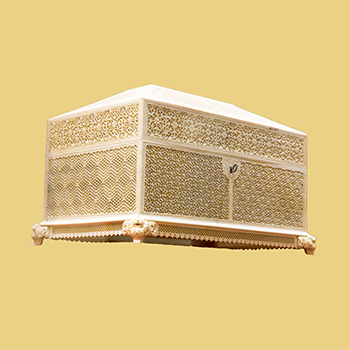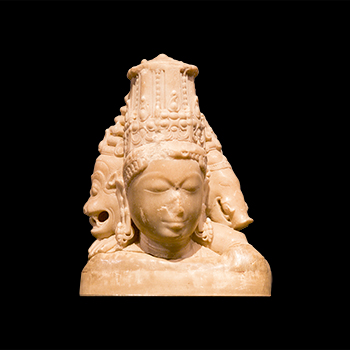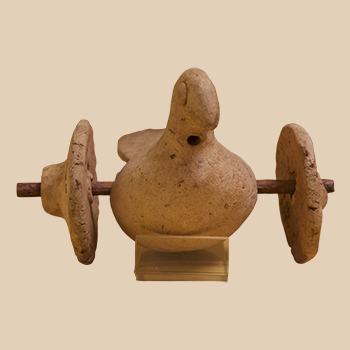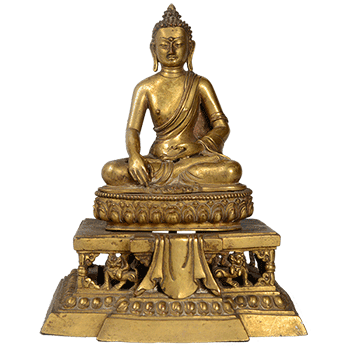India was known for ivory carving since ancient times. Delhi became was one of the main centres for ivory carving during the reign of the Mughal Empire. A variety of ivory ware was produced, for both decorative as well as utilitarian purposes. The art reached new heights with the use of floral motifs and intricate designs in jali or lattice work. The fascination of the Mughal kings for lattice work or jalis of various geometric patterns was not confined only to architectural decorations. It also influenced the decorative art objects such as boxes, screens, paper cutters and combs. The traditional figural designs of many of the items of decorative art were replaced by elaborate geometrical patterns, thus introducing a new concept of design in this art.































